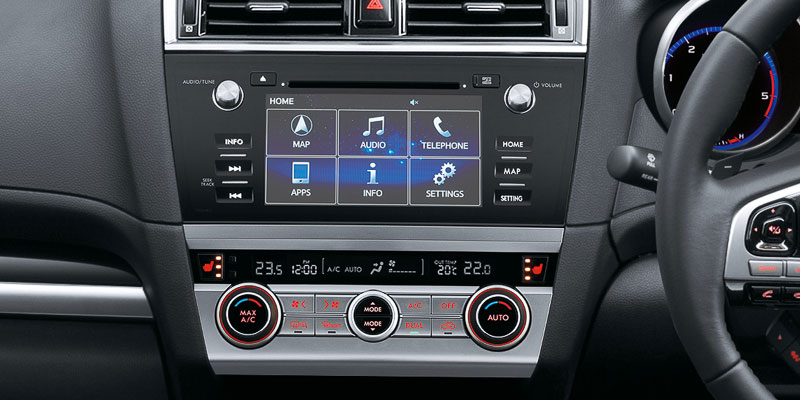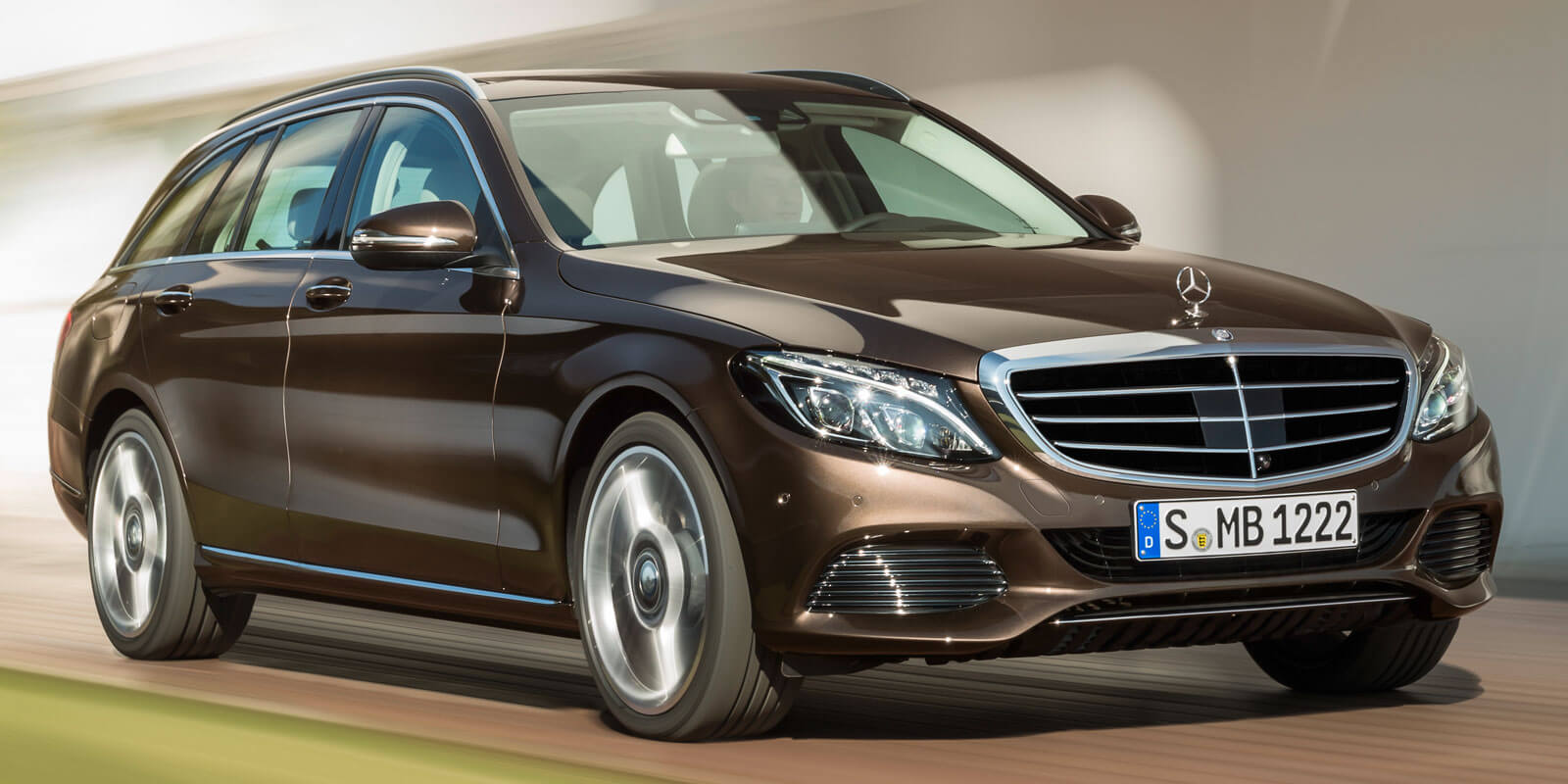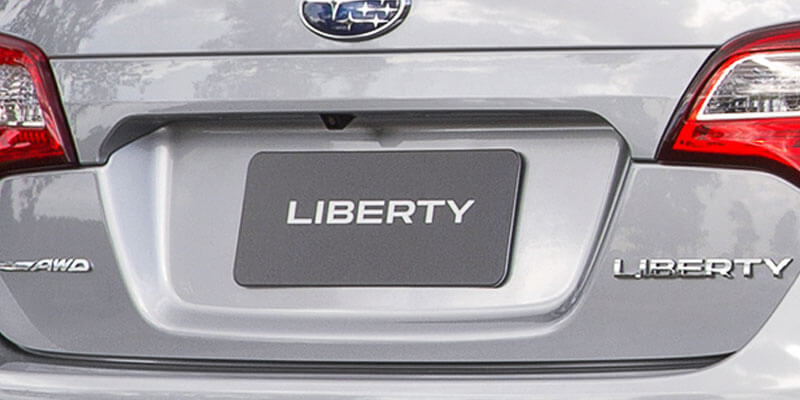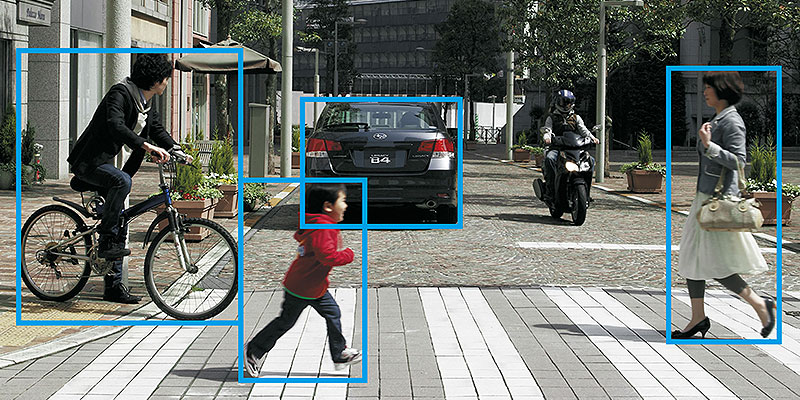Reports are emerging, as more driver aids penetrate the vehicle fleet market, that vehicles fitted with the latest safety technology are having fewer accidents, less damage and less driver-employee injury.
This is actually reducing the overall cost of fleet operations.
On average, each fleet vehicle is involved in an incident resulting in damage every 27 months, adding to the costs of maintaining a fleet and putting at risk the lives and well-being of vehicle occupants and employees.
SG Fleet has reported that because of this damage rate, fleet managers spend an average of $1048 per vehicle on repairs and – based on the average cost to run a large-size vehicle of $18,000 a year – results in repair costs being 5.8 per cent of running costs.
More fleets are now looking at accident management – including driver training – but are now reassessing which vehicles are being purchased.
Traditionally, a fleet vehicle was the base model of a brand as the low price was the key to containing fleet costs.
Marc Sibbald of Fleet Auto News has told GoAutoNews Premium that there are four technology features that he estimates could save the fleet more than $20,000 (including the cost of repairs plus lost productivity and administration) if they were fitted to a vehicle.
Lane Change Warning:
“When changing lanes my driving style is to check the mirror first, then look over the shoulder to make sure there is nothing in the blind spot,” he said.
“This has served me well over the years but has still resulted in several collisions when I completed step one in a hurry and forgot about step two.
“I think the ‘lane change warning’ system would have help me avoid the accidents and the associated costs.
Total cost estimate: $10,000 per incident.
Reverse cameras and park sensors:
“These are now standard on most cars so most people know how to use them, though recently I was reversing using the method I learnt when I got my license – looking over my shoulder – while I was ignoring the screen and almost took off the driver’s mirror.
“I stopped just in time because the sensors were going ballistic and my brain snapped out of it’s learned driving routine. I have now been retrained to trust the sensors and screen while also turning my head.”
Total cost estimate: $2000 per incident.

Voice controls:
Voice recognition is available in nearly all vehicles and controls the mobile phone, satellite navigation and other functions.
It reduces incidences of driver distraction and potential accidents, while removing the chance of being fined for illegal use of a phone while driving.
The saving is $1000 normally needed for a phone kit installation and removal.
Autonomous Emergency Braking (AEB) and Adaptive Cruise Control (ACC):
AEB systems help prevent crashes or reduce their severity by automatically applying the vehicle brakes. The systems use sensors such as radar, cameras or lasers to detect an imminent crash, warn the driver and apply the brakes if the driver does not intervene.
They work together to eliminate rear-end collisions at any speed and for low-speed parking manoeuvres.
Substantial savings can be made with discounts from insurance companies – up to 20 per cent off insurance premiums – for cars fitted with AEB, including Subaru, Volvo, Lexus, Mercedes-Benz, BMW and Audi.
“If you’re concentrating 100 per cent of the time while driving these technologies then wouldn’t be needed, but we know that’s the main challenge,” Mr Sibbald said.
Total cost estimate: $10,000 per incident.
Mr Sibbald said that fleets tend to purchase the “poverty pack” vehicles because cost is a key criteria.
“Historically, higher specification vehicles only offered better quality trim and bigger wheels that road warriors could do without,” he said.
“Now higher specification means better safety features. So based on my own driving history in the examples above, the extra investment in technology has paid for itself over a three or five year term. But don’t forget to train your drivers.”
Data from Safe Work Australia 2012 shows that work-related road crashes account for 33 per cent of all occupational fatalities in Australia.The Australian Transport Council notes that these crashes account for 15 per cent of the national road toll.
The US Department of Transportation’s National Highway Traffic Safety Administration (NHTSA) and the Insurance Institute for Highway Safety have received a commitment by 20 car-makers (whose vehicles represent more than 99 per cent of the US vehicle market) to make AEB a standard feature on all new cars and commercial vehicles under a gross vehicle mass (GVM) of four tonnes, no later than September 1, 2022.
The agreement will be introduced three years earlier than first planned. The NHTSA estimates that the three year difference would prevent 28,000 crashes and 12,000 injuries.


















 Read More: Related articles
Read More: Related articles

